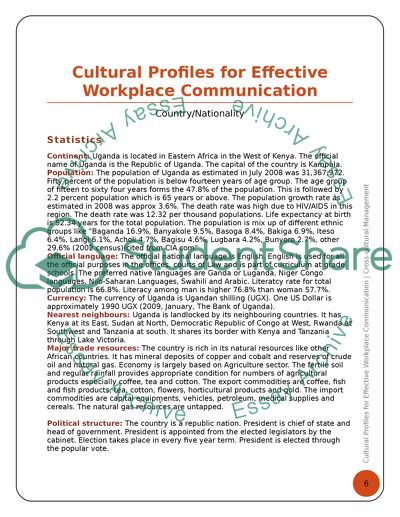Cite this document
(Cultural Profiles for Effective Workplace Communication Research Paper, n.d.)
Cultural Profiles for Effective Workplace Communication Research Paper. https://studentshare.org/culture/1551365-cross-cultural
Cultural Profiles for Effective Workplace Communication Research Paper. https://studentshare.org/culture/1551365-cross-cultural
(Cultural Profiles for Effective Workplace Communication Research Paper)
Cultural Profiles for Effective Workplace Communication Research Paper. https://studentshare.org/culture/1551365-cross-cultural.
Cultural Profiles for Effective Workplace Communication Research Paper. https://studentshare.org/culture/1551365-cross-cultural.
“Cultural Profiles for Effective Workplace Communication Research Paper”. https://studentshare.org/culture/1551365-cross-cultural.


